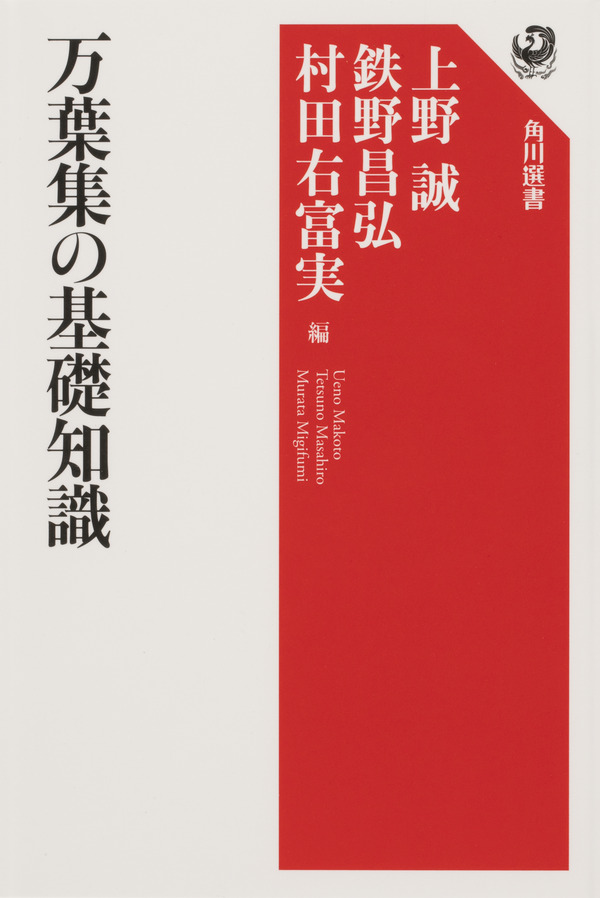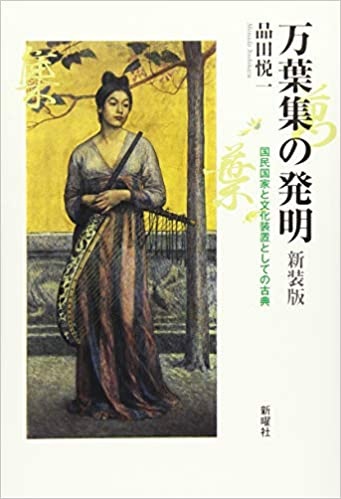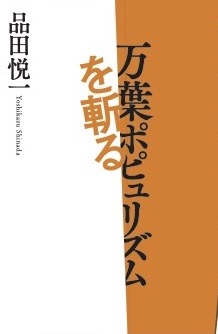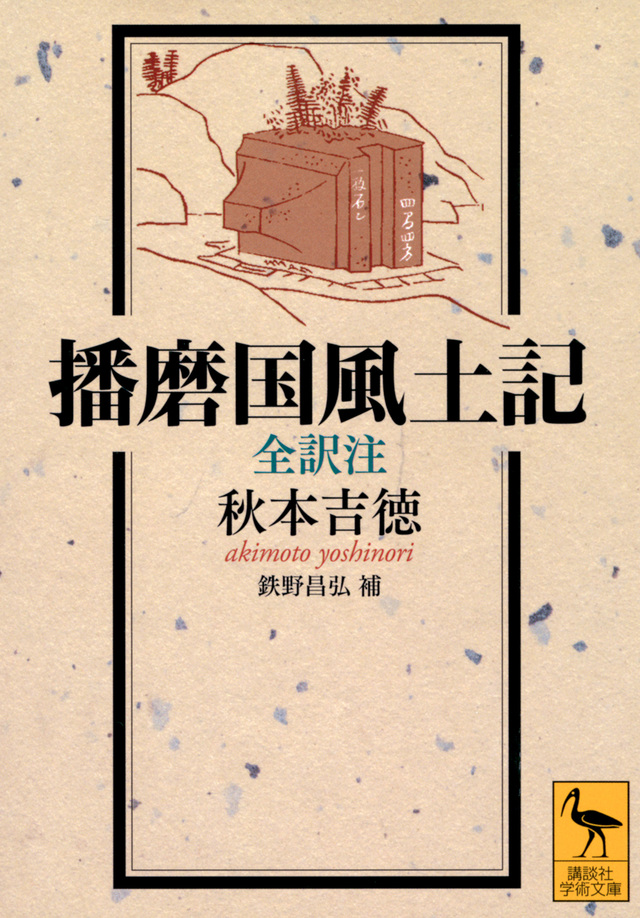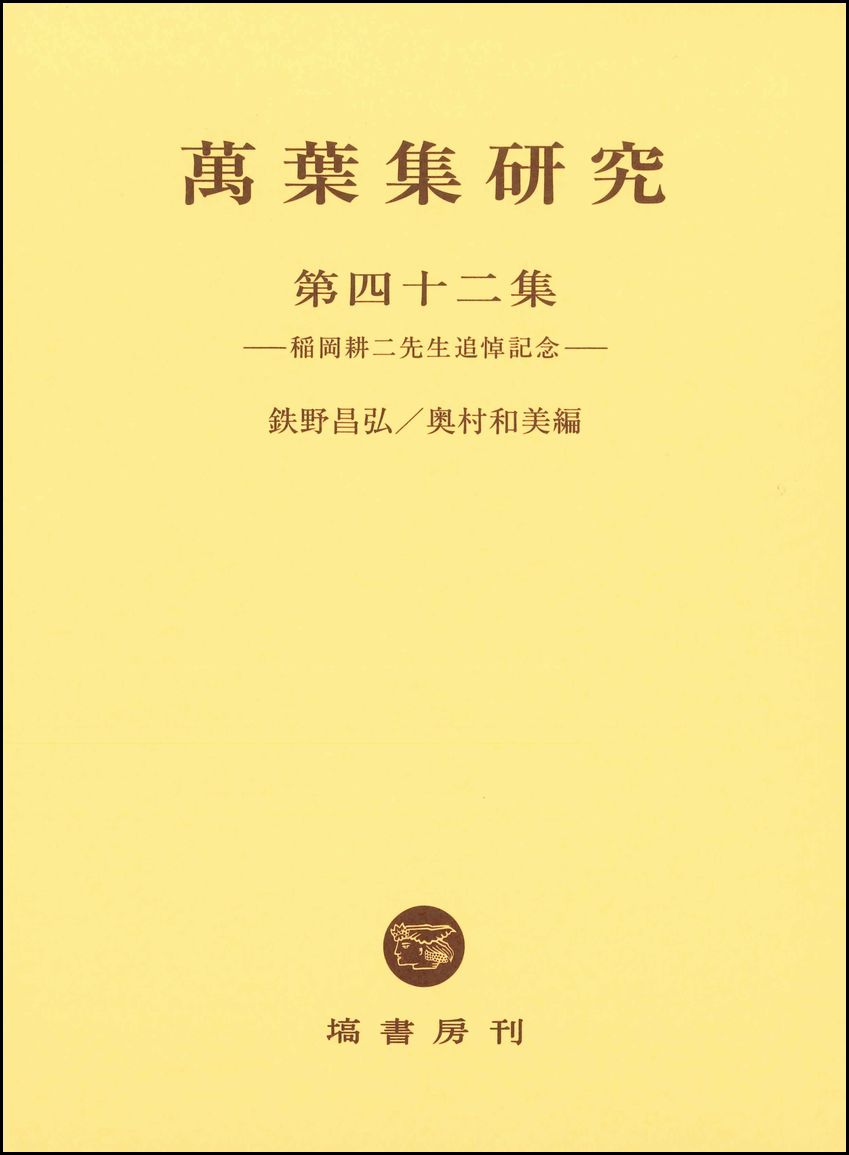
Title
Man’yōshū Kenkyu: Dai 42 syu (Man’yōshū Studies: vol. 42)
Size
476 pages, A5 format, hardcover
Language
Japanese
Released
March, 2023
ISBN
978-4-8273-0542-5
Published by
Hanawashobo
Book Info
See Book Availability at Library
Japanese Page
Man’yōshū Studies is a series of collected articles in book form that is published roughly once a year, and since it was launched in 1972 forty-two volumes have been published, the latest in March 2023. While it bears the title Man’yōshū Studies, the contents of the articles are not necessarily limited to the Man’yōshū, and it has adopted an editorial policy of publishing articles on anything thought to contribute to the study of early Japanese literature, including other texts of the early period such as the Kojiki, Nihon shoki, Fudoki, and Kaifūsō, Old Japanese and Chinese, neighbouring disciplines such as early Japanese history and East Asian literature, and the history of the reception and study of early Japanese literature. A distinctive feature of this series is that no restrictions are placed on the length of articles. Journals generally set length limits for the articles they publish, and this series started out with the aim of providing a venue for the publication of substantial articles that do not fit within such length limits.
Volume 42 taken up here has a special significance, for it is a memorial volume dedicated to Professor Inaoka Kōji, who contributed to almost all of the early volumes, starting from vol. 1, served as editor of vols. 15–27 and advisor for vols. 28–35, and died in May 2021. It contains articles by thirteen contributors, including myself, who were all taught by Professor Inaoka at the University of Tokyo or at various study groups and so on, and it has provided an opportunity for them to repay their debt of gratitude to Professor Inaoka.
This volume is wide-ranging in content, reflecting the broad range of present-day research on early Japanese literature. The opening article by Shinada Yoshikazu (professor, Graduate School of Arts and Sciences, University of Tokyo) has the thought-provoking title of “How to Deal with Incomprehensible Comments: In Order to Read the Man’yōshū as a Text.” There exist throughout the Man’yōshū comments the meaning of which is at a first reading unclear, and Shinada argues that they imply the presence of important political incidents in the background and demand of us that we take this background into account when reading the poem in question. Ōtsu Tōru (professor, Faculty of Literature, University of Tokyo), in an article titled “Annual Events during Tenmu’s Reign and Hitomaro’s Poems,” elucidates in detail from the standpoint of the study of early Japanese history the process whereby court rites were developed during the emperor Tenmu’s reign in the second half of the seventh century and shows that conditions conducive to the composition of Kakinomoto no Hitomaro’s Tanabata poems (Man’yōshū 10) were present at the time. I have contributed an article titled “Banquet Poems after Yakamochi’s Return to the Capital.” The poems in the final volumes 17–20 of the Man’yōshū are arranged in chronological order, centred on those by Ōtomo no Yakamochi, and are known as “Yakamochi’s Poetic Diary.” The poems from the second half of volume 19 to the end of volume 20, dating from 751, when Yakamochi completed his tenure as governor of Etchū and returned to the capital, until 759, include many poems written at banquets rather than poems written for his own pleasure, and they have been considered to show a flagging desire on his part to write poems. But this is, I argue, a modern distorted view that prizes only poems written for one’s own pleasure, for in actual fact these poems delineate through the movements of banquet attendees a tense political situation in which Fujiwara no Nakamaro was becoming increasingly high-handed and Tachibana no Naramaro’s conspiracy would soon occur, and they give expression to Yakamochi as he lived through these times.
It is intended to continue publishing Man’yōshū Studies as a series of collections of articles indicative of the level of research on early Japanese literature.
(Written by TETSUNO Masahiro, Professor, Graduate School of Humanities and Sociology / 2023)



 Find a book
Find a book


